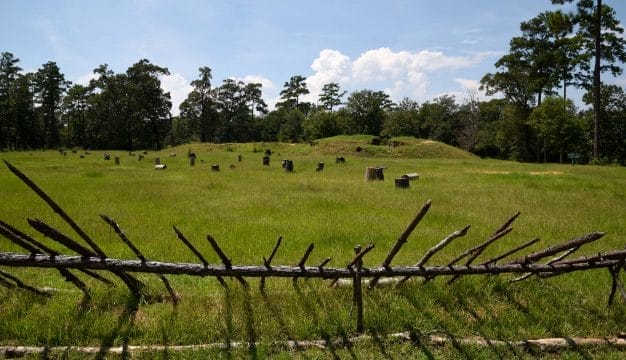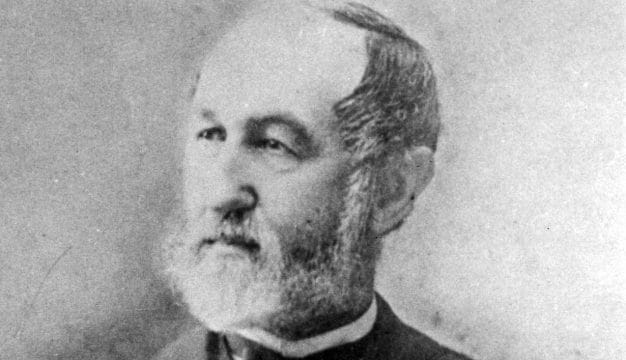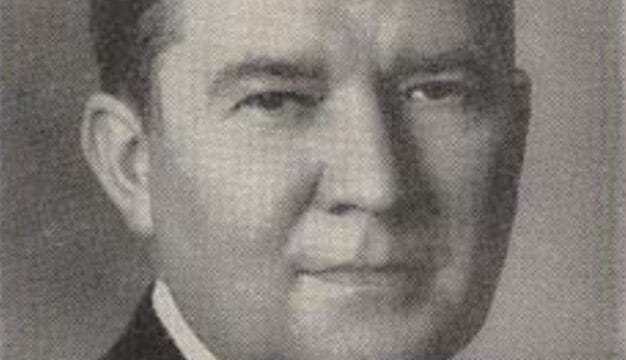Cherokee County Historical Museum
The Cherokee County Historical Museum in Centre, Cherokee County, was founded in 1987 with the mission of collecting, protecting, preserving, managing, organizing, and making available for research materials related to the history of Cherokee County. The facility boasts a collection of more than 2,000 artifacts and a broad array of exhibits that highlight local industry, ways of life, and important points of interest.
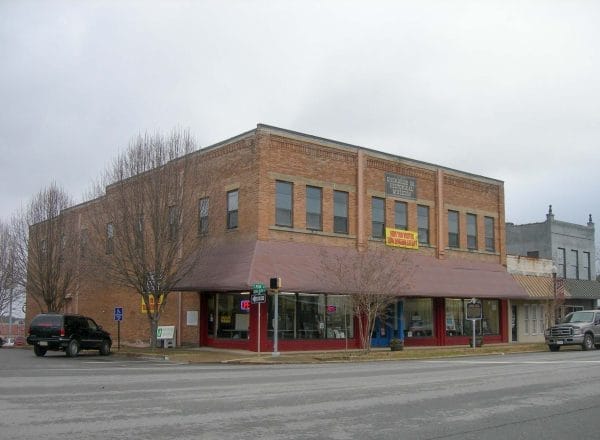 Cherokee County Historical Museum
In 1958, local residents organized the Cherokee County Historical Society in Cedar Bluff to protect and preserve the history of Cherokee County. In October 1987, the Historical Society, under the direction of its then-president and local businessman Robert Minnix, founded the Cherokee County Historical Museum. The museum is housed in the three-story former home of the “Jordan Big Store,” a general store constructed in 1921 and owned by Jeff “J.D.” Jordan, editor of the Cherokee Advertiser. Minnix served as its president from 1986 until 2003.
Cherokee County Historical Museum
In 1958, local residents organized the Cherokee County Historical Society in Cedar Bluff to protect and preserve the history of Cherokee County. In October 1987, the Historical Society, under the direction of its then-president and local businessman Robert Minnix, founded the Cherokee County Historical Museum. The museum is housed in the three-story former home of the “Jordan Big Store,” a general store constructed in 1921 and owned by Jeff “J.D.” Jordan, editor of the Cherokee Advertiser. Minnix served as its president from 1986 until 2003.
The museum’s exhibits primarily focus on the history of Cherokee County and include one of the largest “Trail of Tears” exhibits in north Alabama. It includes a model of Fort Likens, near the springs at Mill Creek in northern Cherokee County, where Cherokee Indians were held before they were forced to march to Oklahoma. It also consists of signs with Cherokee and Creek family names, photographs and paintings of national leaders who promoted the relocation, and a video presentation that describes northeast Alabama before, during, and after the relocation. The primary researchers and designers of the exhibit were volunteers and local historians Herbert J. “Jim” Lewis and Martha Haney. The Trail of Tears exhibit was funded by grants from the Tillotson-Menlo Charitable Foundation, which supports educational and improvement projects in communities and counties contiguous to Chattooga County, Georgia.
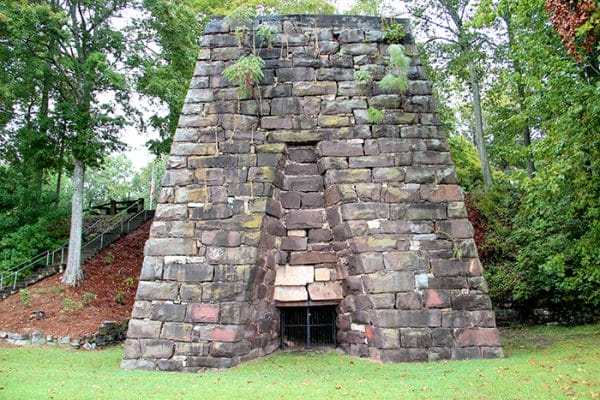 Cornwall Furnace
The museum’s other exhibits examine different industries that were prevalent in the area, including agriculture and railroads, as well as a history of local schools. There are displays of an old post office, a basement blacksmith shop, representations of the local jail, model trains, and an exhibit of the October 1864 burning of nearby Cedar Bluff by Union troops under the command of Maj. Gen. William Tecumseh Sherman during the American Civil War. (Sherman’s goal was to destroy the Cornwall Furnace there, as it produced as many as eight tons of iron per day for Confederate cannon manufacturers. Union troops had made two previous unsuccessful attempts to destroy the furnace and not even Sherman’s troop could destroy it completely.) Artifacts include a diverse array of items such as copies of the Cherokee County Herald, typewriters, hair dryers, kitchen ovens, family Bibles, shotguns, local newspapers, wagons, housewares, telephones, doll collections, a liquor still, gas pumps from the 1920s, collections from the Civil War, World War I, World War II, and a variety of memorabilia from Grand Ole Opry comedian Rod Brasfield, whose niece lived in the area. In total, the museum collection includes more than 2,000 artifacts. The Cherokee County Historical Museum also houses a café and a research center in the attic that is open to the public.
Cornwall Furnace
The museum’s other exhibits examine different industries that were prevalent in the area, including agriculture and railroads, as well as a history of local schools. There are displays of an old post office, a basement blacksmith shop, representations of the local jail, model trains, and an exhibit of the October 1864 burning of nearby Cedar Bluff by Union troops under the command of Maj. Gen. William Tecumseh Sherman during the American Civil War. (Sherman’s goal was to destroy the Cornwall Furnace there, as it produced as many as eight tons of iron per day for Confederate cannon manufacturers. Union troops had made two previous unsuccessful attempts to destroy the furnace and not even Sherman’s troop could destroy it completely.) Artifacts include a diverse array of items such as copies of the Cherokee County Herald, typewriters, hair dryers, kitchen ovens, family Bibles, shotguns, local newspapers, wagons, housewares, telephones, doll collections, a liquor still, gas pumps from the 1920s, collections from the Civil War, World War I, World War II, and a variety of memorabilia from Grand Ole Opry comedian Rod Brasfield, whose niece lived in the area. In total, the museum collection includes more than 2,000 artifacts. The Cherokee County Historical Museum also houses a café and a research center in the attic that is open to the public.
Museum staff has added mixed-media presentations and child-friendly exhibits, and the facility has hosted a number of special events and fundraisers, including book-signings, collectors’ shows, salutes to area artists, group trips, and holiday celebrations. A monthly Craft Day enables visitors to create new seasonal crafts from recycled materials. In August 2017, the building in which the museum is housed was listed on the Alabama Register of Landmarks and Heritage.
The Cherokee County Historical Museum is located at 101 East Main Street. It is open Tuesday through Friday from 9:00 a.m. until 4:00 p.m. There is a small admission fee. The museum has space for meetings and events and offers guided and non-guided group tours. Just north of neighboring Cedar Bluff is the Cornwall Furnace, which supplied iron to the Confederate States Army during the Civil War and was listed on the National Register of Historic Places in 1972. There are also numerous historical markers in Centre and the neighboring environs.
